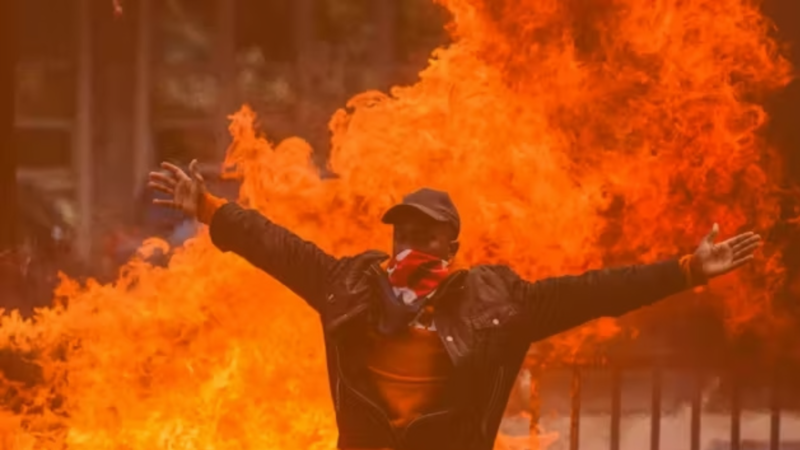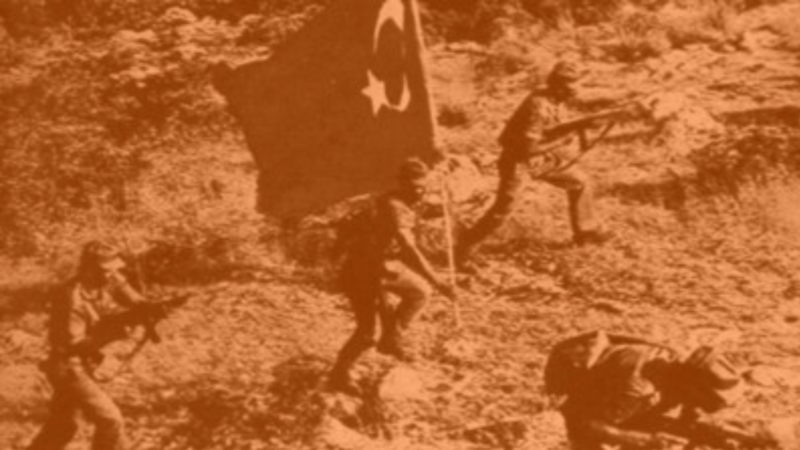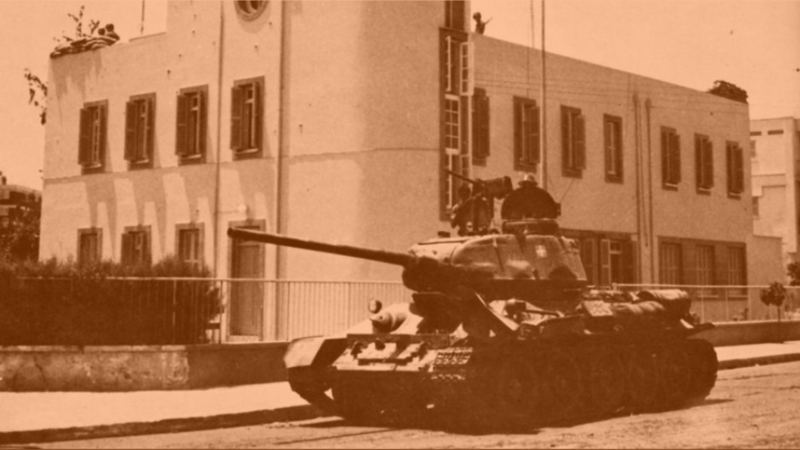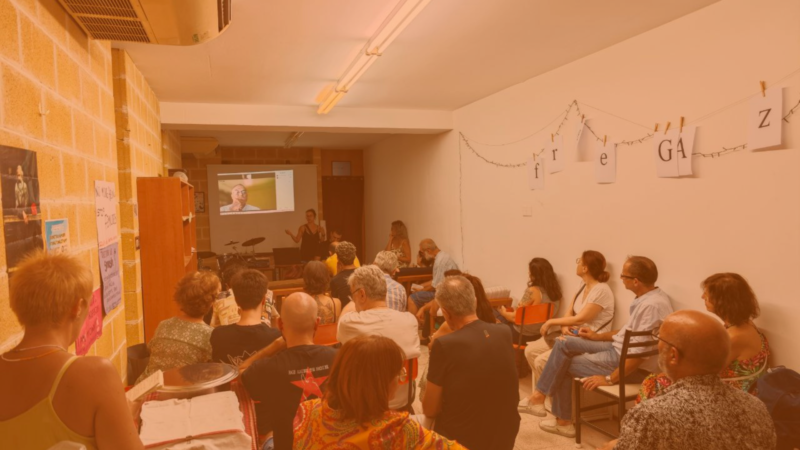It’s easy to get caught up in the endless horrific images from the war in Ukraine, yet focusing on tangible action is far more effective than falling into the Establishment’s emotional trap, writes Mehran Khalili
For weeks, social media has provided a stream of brutal images from Ukraine. Grainy, handheld scenes of executions, torture and mangled bodies dominate every browser tab, originating from witnesses on the ground. ‘Warning, this is graphic,’ the platforms advise you solemnly, knowing you’ll click.
I follow the conflict closely, but I’m trying to avoid looking at these images. And you should consider doing the same. Why?
Whatever you see, it won’t change your activist objectives
If you’re reading this, you’re most likely an activist citizen, not a passive news consumer. That means you focus on what you can influence.
With that in mind, here are the facts of this conflict that matter today:
- Russia is the invading country. Everyone with a pulse should condemn its government for this, and especially Putin.
- War is hell, and this one’s no exception. We knew this as soon as Ukraine made clear it was rightly going to resist the invasion.
- The people of Ukraine need our support, and humanitarian aid.
- There should be a ceasefire, immediately. And Russian troops should withdraw from Ukraine.
Your options for having an impact are currently limited. You could play a role in generating support for a ceasefire, say, with an information campaign. Or you could work on humanitarian needs, like helping refugees. (I explored some other things activist citizens could do in a live debate last week, with my colleagues from DiEM25.)
Now consider the social media Stream of Brutality. There’s nothing these images could reveal that might change the facts above. Russia invaded, Ukrainians are suffering, we all need peace to break out.
So why click?
You may be being lied to
In a rush to be first, Stream of Brutality images flood social media. Legacy outlets pick them up; many go viral. Sometimes they’re horrifyingly real. And sometimes, they’re lies.
The Establishment love a good fact check, striving as they are to maintain influence by calling out ‘fake news’. So if an image supports the Establishment narrative (which is roughly “Putin = latter-day Hitler”), and their own media later say it’s fake, it’s safe to say it is. For a given image, it usually takes a few days for it to be either verified or debunked.
But on the Stream of Brutality, which flows in realtime, you can’t be sure if what you’re seeing is the truth. So why click?
… but you’re definitely being pressured
On that “Putin = Hitler” point: it’s easy to forget that here in the West, the Establishment are campaigning, too. And their target is us.
Since the beginning of the war — and long before — they’ve been trying to weaken Putin, for obvious reasons. But as the war has continued, some corners of the Establishment are building public support for the West to ‘do more’. It’s a slippery slope from there to an escalation in the conflict which, with with a nuclear power like Russia, could be disastrous.
Stream of Brutality images from social media – curated, amplified and packaged – are the raw materials of this quiet Establishment campaign.
Of course, pushing for peace would also stop the savagery that these visceral images depict. Yet the Establishment know that the average consumer of these images won’t want peace after viewing them, but revenge. I.e. escalation. I.e. a wider war.
And it’s working. Here’s The Guardian, a leading left-wing outlet, calling for what could result in World War III just days ago:
“Putin rules by fear. So frighten him back. He does not want a fight with the west, let alone a third world war – Nato’s excuse of last resort for refusing to confront him. He knows he’d lose. It scares him,” it read.
Words like “atrocities”, “public executions”, “mass rapes” and even “genocide” are on everyone’s lips, often as rationale for NATO escalation. Even some hardened campaigner friends of mine are now calling for it.
War propaganda taps into our instinctive drives. It makes us abandon reason and succumb to our emotions. And runaway emotions are the enemy of strategic thinking.
So why click?
Conclusion
Immersing yourself in images of the horrors of the Ukraine war won’t help you to campaign more effectively for peace. Quite the opposite: it will splinter your focus, rouse your emotions. And could even co-opt you into pushing for escalation. Which would be catastrophic.
Whatever you’re shown, the facts won’t change: Putin is the aggressor. The Russian government is wrong. Ukraine, the world, needs a ceasefire.
This doesn’t mean being blind to what’s actually happening. Don’t disconnect from the reality. Read verified accounts of the conflict, from the geopolitical analysis to the violence on the ground. Develop a holistic picture.
But don’t get lost in the stream. Peace is the prize. Keep your eyes on that, instead.
Do you want to be informed of DiEM25's actions? Sign up here

